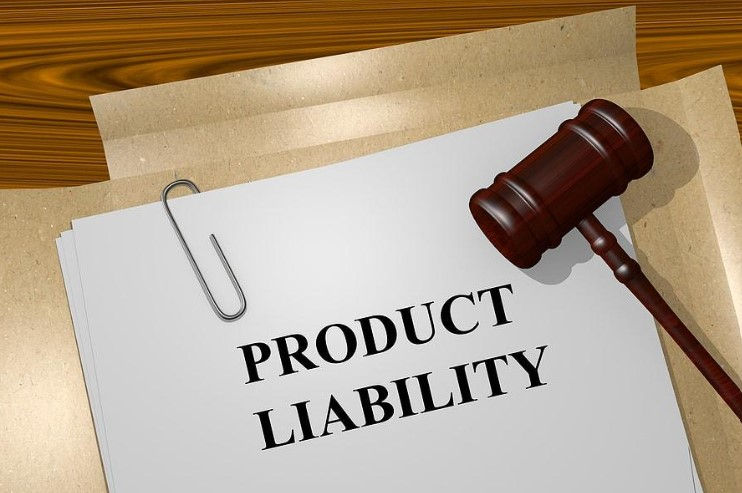The 3 Types of Defects That Are the Basis of Product Liability Claims
- Editorial Staff
- Dec 30, 2024
- 2 min read
A product's design, production, or labeling flaw is usually the root cause of product liability claims. These flaws cause harm and give rise to lawsuits under product liability regulations.
The top product liability lawyers can assess your situation and recommend the best action if a defective product has harmed you. They offer the assistance required to file a claim and stand by you through all steps of the process.
Understanding the defects that lead to product liability claims is essential for consumers and manufacturers. In this article, we will explore the three main categories of product defects: design defects, manufacturing defects, and labeling defects.

Design Defects
A design defect occurs when a product's blueprint is flawed, making it dangerous even when manufactured correctly. This type of defect affects all product units rather than just a specific batch.
For example, a car with a poorly designed braking system that fails to stop effectively poses a serious risk to users and others on the road.
Design defects are typically identified through rigorous testing and analysis. Courts often use the "risk-utility" test, which weighs the risks of using the product against its utility, or the "consumer expectations" test, which examines whether the product meets ordinary consumer expectations.
Manufacturers can be held responsible when a product's design does not address foreseeable dangers.
Manufacturing Defects
Unlike design defects, manufacturing defects arise during production and may affect only a subset of products. The defect occurs when the product is designed differently than expected due to assembly, materials, or quality control errors. Examples include contaminated food products, poorly welded components, or improperly assembled machinery.
When identified on a large scale, manufacturing defects often lead to product recalls. For individual claims, it must be shown that the defect was present when the product left the manufacturer's control and directly caused harm to the consumer. Manufacturers are generally held strictly liable for such defects, regardless of whether negligence occurred during production.
Labeling or Warning Defects
When a product has insufficient instructions, warnings, or disclaimers to alert consumers to possible hazards, it is said to have labeling or warning defects. These flaws are particularly important for goods like drugs, cleaning supplies, or large machinery that could be harmful if mishandled.
For example, there may be significant health repercussions if users are not informed about the hazardous side effects or interactions of a prescription with other medications.
As a result, to ensure that customers can use the product safely, manufacturers must offer adequate and unambiguous warnings. Liability claims may result from a failure to fulfill this obligation, mainly if the risks were known or should have been known at the time of distribution.
Takeaway
Defects in design, manufacture, or labeling are the basis for product liability lawsuits. Although establishing liability in each category poses different difficulties, they all work to protect customers from unnecessary injury.
With this information, customers can hold manufacturers responsible for subpar products and make well-informed judgments about what to buy. However, manufacturers must prioritize consumer safety through stringent testing and labeling procedures to prevent liability claims.
Related Content